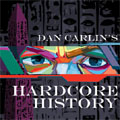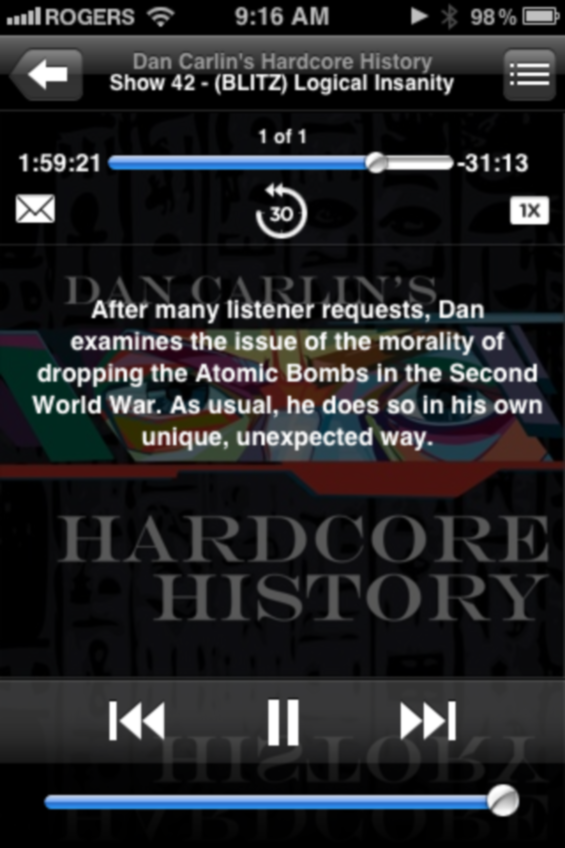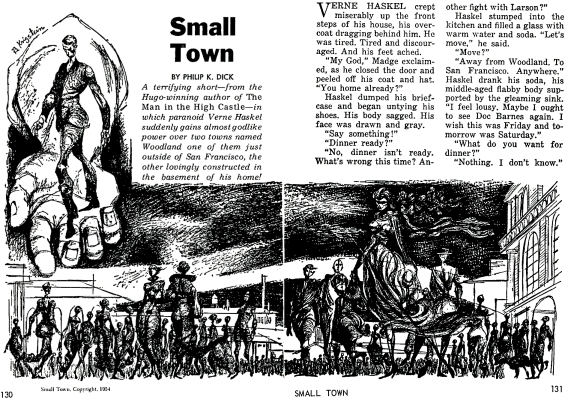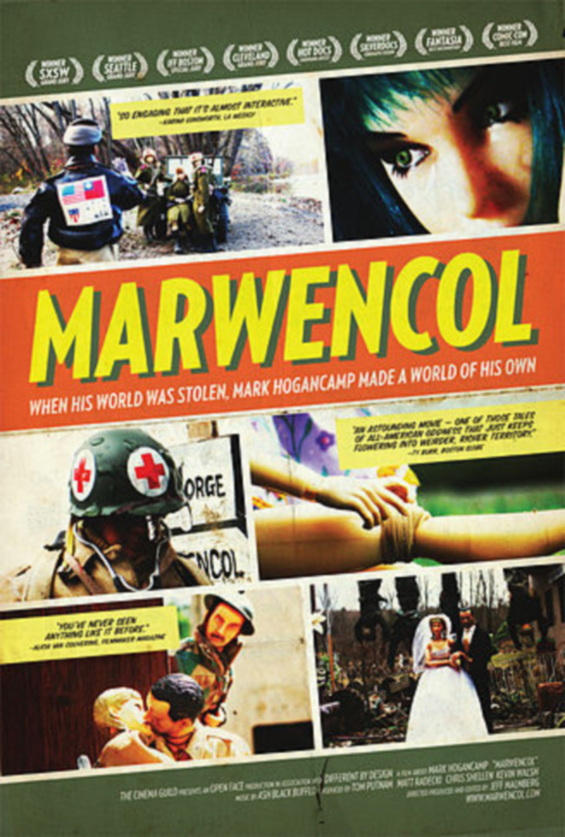
 Powerful podcasting, that’s what Dan Carlin’s Hardcore History was. Carlin used to put out the most powerful podcasts I’d ever heard. With episodes like Punic Nightmares, Ghosts Of The Ostfront, and Steppe Stories (now available as audiobook downloads). Half-way through them I’d be calling up friends and telling them “Hey, new Dan Carlin is out!” and then start telling them how awesome the show was.
Powerful podcasting, that’s what Dan Carlin’s Hardcore History was. Carlin used to put out the most powerful podcasts I’d ever heard. With episodes like Punic Nightmares, Ghosts Of The Ostfront, and Steppe Stories (now available as audiobook downloads). Half-way through them I’d be calling up friends and telling them “Hey, new Dan Carlin is out!” and then start telling them how awesome the show was.
And over the years I can’t say the show ever went bad – because it really never did – it just didn’t consistently hit the incredibly high highs that it had earlier. That is until just before this point this morning…

…where I realized that there was a new classic Dan Carlin out.
Carlin’s connective thread in this episode – that the insane choices of 20th century history are in fact a kind of horrific logic – delivered with fascinating historical evidence and illustrated with his incredible storytelling skill, shows the inevitable, frightening, awful logic of bombing cities full of people – even with nuclear weapons.
Carlin poses questions like. ‘In war, how many enemy civilians are you willing to kill in order to save one of your own people’s lives?’
And of course if that number is not equal to zero you’re down the path towards logical insanity.
Here’s the episode |MP3|
Podcast feed:
http://feeds.feedburner.com/dancarlin/history?format=xml
Posted by Jesse Willis










